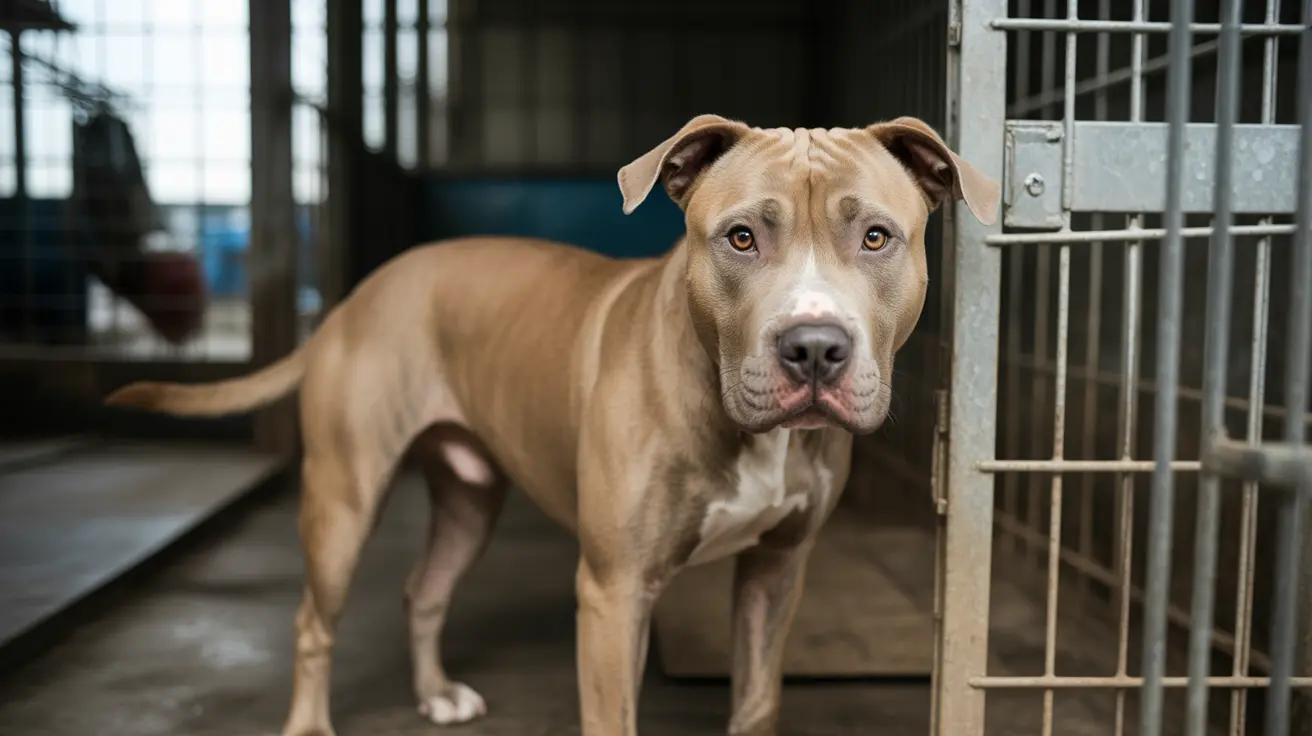Cancer in dogs is a serious health concern that affects many beloved pets, particularly as they age. Understanding and recognizing the signs of cancer in dogs can make a crucial difference in early detection and treatment outcomes. This comprehensive guide will help pet parents identify potential warning signs and know when to seek veterinary care.
While some signs of cancer may be subtle initially, being vigilant about changes in your dog's health and behavior can lead to earlier diagnosis and better treatment options. Let's explore the key indicators that every dog owner should monitor.
Physical Signs That May Indicate Cancer
Visible Changes and Growths
One of the most noticeable signs of cancer in dogs is the presence of unusual lumps or bumps beneath the skin. While not all growths are cancerous, any new mass should be evaluated by a veterinarian. Pay particular attention to:
- Lumps that appear suddenly or grow rapidly
- Masses that feel firm or fixed to surrounding tissue
- Growths that change in size, shape, or color
- Swelling in the lymph node areas (neck, shoulders, groin)
Changes in Body Functions
Cancer can affect various organ systems, leading to noticeable changes in your dog's bodily functions:
- Difficulty eating or swallowing
- Changes in urination patterns or blood in urine
- Persistent diarrhea or constipation
- Unexplained bleeding or discharge
- Chronic coughing or labored breathing
Behavioral and Physical Changes
Weight and Appetite Changes
Significant changes in your dog's weight or eating habits can be important indicators of underlying health issues, including cancer:
- Sudden weight loss despite normal eating
- Decreased appetite or complete loss of interest in food
- Difficulty maintaining weight despite increased food intake
- Changes in water consumption
Activity and Energy Levels
Monitor your dog's energy levels and daily activities:
- Unusual lethargy or depression
- Reluctance to exercise
- Difficulty getting comfortable or restless behavior
- Changes in sleep patterns
When to Seek Veterinary Care
Early detection is crucial for better outcomes. Contact your veterinarian immediately if you notice:
- Any new lump or bump that persists for more than two weeks
- Non-healing wounds or sores
- Significant changes in appetite or weight
- Unusual bleeding or discharge
- Persistent pain or lameness
- Difficulty breathing or chronic coughing
Prevention and Monitoring
While not all cancers can be prevented, certain steps can help reduce risk and catch potential issues early:
- Schedule regular veterinary check-ups
- Perform monthly home examinations
- Maintain a healthy diet and exercise routine
- Keep detailed records of any changes in your dog's health
- Consider genetic testing for breeds prone to specific cancers
Frequently Asked Questions
What are the most common early signs of cancer in dogs that I should watch for?
The most common early signs include unusual lumps or bumps, unexplained weight loss, changes in appetite, persistent lethargy, non-healing wounds, and changes in bathroom habits. Any significant change in your dog's normal behavior or physical condition warrants veterinary attention.
How can I tell if a lump on my dog might be cancerous or benign?
It's impossible to determine if a lump is cancerous through physical examination alone. Only a veterinarian can make this determination through proper diagnostic testing, such as fine-needle aspiration or biopsy. Any new lump should be evaluated professionally.
What behavioral changes could indicate my dog has cancer?
Key behavioral changes include decreased energy levels, social withdrawal, loss of interest in favorite activities, changes in sleep patterns, unusual aggression or irritability, and changes in eating or drinking habits.
Which types of cancer cause symptoms like coughing, difficulty breathing, or weight loss in dogs?
Lung cancer, lymphoma, and metastatic cancers commonly cause respiratory symptoms and weight loss. However, these symptoms can also indicate other serious conditions, making veterinary evaluation essential for proper diagnosis.
When should I take my dog to the vet if I notice non-healing wounds or abnormal odors?
Any wound that doesn't show improvement within a week or produces an unusual odor should be evaluated by a veterinarian immediately. These symptoms could indicate infection or skin cancer and require prompt medical attention.
Remember, early detection and treatment of cancer in dogs often leads to better outcomes. When in doubt, always consult with your veterinarian about any concerning changes in your dog's health or behavior.






